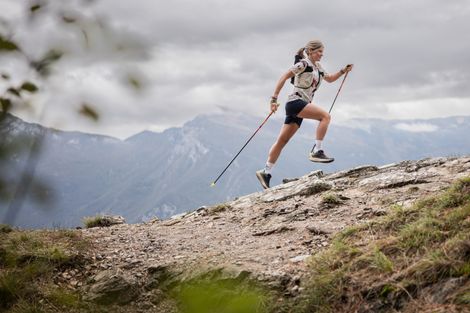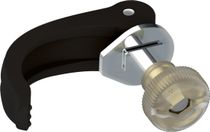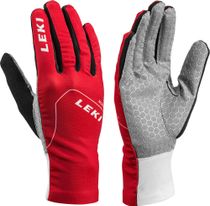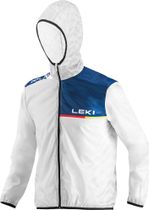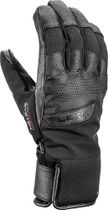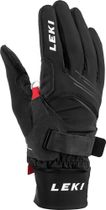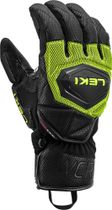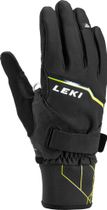LEKI
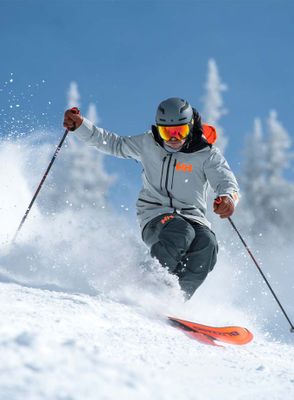
With innovation and passion to the world market leader
Founded as "Karl Lenhart Plastik + Metall", the wood processing company in the Swabian town of Dettingen near Kirchheim unter Teck produced mainly wooden letters for lettering from 1948 onwards. But Lenhart was also an enthusiastic skier. Out of dissatisfaction with the ski poles of the time, he therefore began to produce his own handles and plates, which went into series production in the 1960s.
Shortly afterwards, he also began to produce his own ski poles made of aluminium and fibreglass composite. These were launched in 1970 under the name LEKI, an abbreviation for the owner and company headquarters: Lenhart in Kirchheim. Three years later, cross-country ski poles were also added to the range. In the following years numerous groundbreaking innovations followed. With the Classic adjustment system, Leki developed the world's first adjustable trekking poles in 1974. The durable flex tip is still used today and in 1982 the first trekking poles with anti-shock cushioning were launched.
When Lenhart's youngest son Klaus Lenhart took over the company in 1984, intensive work was carried out to optimize the handles. The correction zone in the shaft ensures better swing behavior and relief of the wrist. The ErgoSoft grips, which are still standard today, followed at the end of the 80s. Even more comfortable are the CorTec grips developed in 1993. With the Turbo Disc grips it was possible for the first time in 1996 to adjust the loops variably. Together with the revolutionary Trigger System, the first gloves were added to the range in 1998.
Since 2000 the Leki poles are produced in their own production facility in Tachov, Czech Republic. It is one of the largest and most modern stick production facilities in the world. The products are still developed and designed there and in the Swabian company headquarters in Kirchheim. After the death of Klaus Lenhart in 2012, his wife Waltraud took over the company, which has around 250 employees. Their son is also already working in the development department of the family business. Under the name Foldables another product category with folding chairs and tables has been part of the Leki product range since 2016.
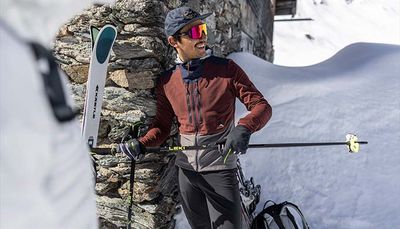
Successful also in professional sports
Years of experience and the passion for outdoor sports inspire Leki again and again to new innovations. In exchange with experts and professional athletes, high-quality products are developed, which offer safety and comfort as well as an attractive design. The company has already registered more than 250 patents, more than almost any other ski and outdoor manufacturer. Numerous top athlete such as Mikaela Shiffrin, Viktoria Rebensburg or Alexis Pinturault are also convinced by the world market leader in the field of poles and glove systems.
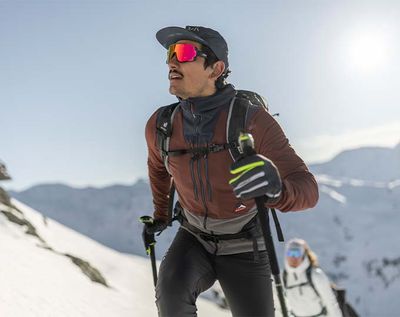
Safety and comfort thanks to Trigger System
First developed for alpine poles, the Trigger System is a safety device between glove and pole with an integrated trigger system. A small loop on the glove, the so-called Trigger Loop, makes it easy to click into and out of the pole. In case of a strong tensile load, e.g. in case of a fall, the safety spring releases the loop and triggers. This applies to Trigger S systems for alpine poles and the Trigger Shark 2.0 system for cross-country poles. With the Trigger S Vertical Technology for touring poles, an integrated flex band offers freedom of movement. A large ergonomic support surface allows the grip position to be varied as desired.
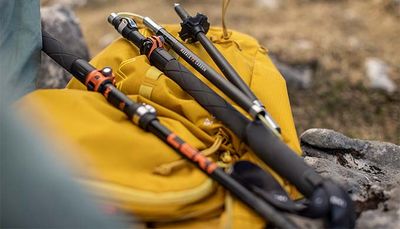
Foldable and length-adjustable trekking poles
Leki has been producing the foldable Micro Sticks since 2013. Easy to handle, the folding sticks score points with their low weight and small packing size. With the different Speed Lock technologies trekking poles can be adjusted extremely fast and easy. The external adjustment system was the first in the world with TÜV Süd certification.
The Dynamic Suspension System (DSS) introduced in 2015 is also innovative. By reducing the peak impact forces by around 40%, poles with DSS relieve the muscles, ligaments and joints. This cushioning also makes the use of the poles more controlled. In addition, the poles are constructed with a special elastomer material that allows them to absorb vibrations.
(Photos: Leki Lenhart GmbH/Christoph Schöch, Michael Bannert)
